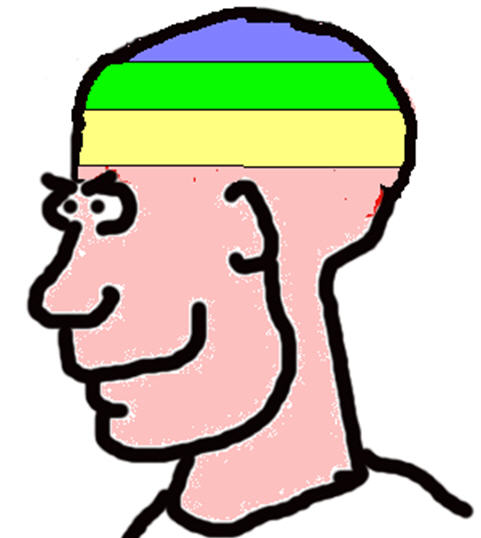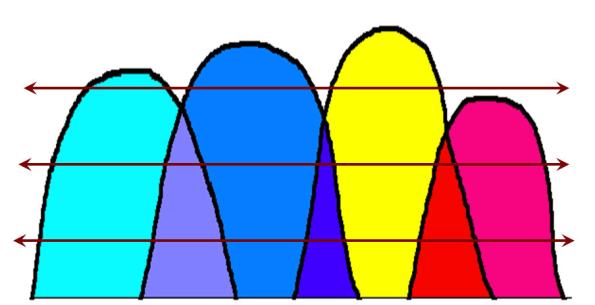Nominialism and the Recursive Curriculum
Traditional grading is nominalist. It assumes learning is sequential, that learners build their understanding in nicely layered base of segmented factoids supporting an increasingly more advanced understanding of the content that presages critical reasoning.
Curriculum is similarly organized into nicely boxed units of content, and each boxed presentation of content is followed by a test or quiz to verify they have learned the requisite basics.

We teach a chapter, test, grade. Bloom’s taxonomy is often evoked to support an understanding of basics needed before learners can think critically. But this vision of teaching, learning, and testing conflates Bloom’s taxonomy with an imagined learning chronology (something Bloom distinctly disavowed). But research clearly counters this model. Knowing, remembering, and thinking critically are in important ways very different phenomena.
Perhaps the most compelling example of this is the “Private Universe” project from Rutgers. In a wonderful longitudinal study, the Rutgers researchers observe (visible in the linked video) young children who essentially invent multiplication because they need to to solve a presenting problem. The authors observe:
“Research shows that children formulate extraordinarily interesting and complex mathematical ideas, even at a very young age. The Private Universe Project in Mathematics demonstrates and honors the power and sophistication of these ideas, and explores how mathematics teaching can be structured to resonate with children’s sophisticated thinking.”
It is possible, of course, that the assumptions about learning are unrelated to the organizations of tests and terms, but that is another discussion.
Regardless, learning is not linear.
Learners construct schema and learn in different ways, associating what we are learning to what we have learned from our unique experiences, reading, and dispositions. Subsequently, what we learn from the linear presentation of content by chapter and by test resembles only faintly what was presented, however brilliantly lectured or organized.

There are many reasons, perhaps none so important as the fact that learning is recursive. A better visual representation of curriculum aligned with the way people actually learn suggests that deeper learning and more sophisticated connections are made as learners continue to explore problems or answer questions. In a recursive approach to curriculum design, the big questions shape and guide the learning. In the picture below, each attempt to address the question or solve the problem results in a deeper penetration into a body of knowledge where the boundaries between content, as one goes deeper, more fully overlap and blur.

Recursive Curriculum
The implications for grading suggest the criteria for performance should correspond to a deepening understanding and the ability to integrate and apply knowledge rather than count and reward a superficial sequential memorizing of content. More importantly, a model of grading that corresponds to the way people learn need also recognize that learning happens over time.
In that regard, the need to explore ePortfolios and to cultivate learners’ metacognition (reflection) of their own deepening understanding becomes clear.
Finally, the preceding is prelude. It is important to recognize that research confirms that learning is profoundly social and enriched by feedback. It is to that end that we encourage models of assessment that empower learners to harvest feedback from multiple sources.
thank you for this very clear description of recursive curriculum. As an education student the vocabulary can be hard to understand.
I agree that the curriculum should in a way spiral back on itself to allow for very deep learning of concepts that are relevent, practical and realistic.
Confident learners constructing meaning from prior knowledge deepening with every spiral.